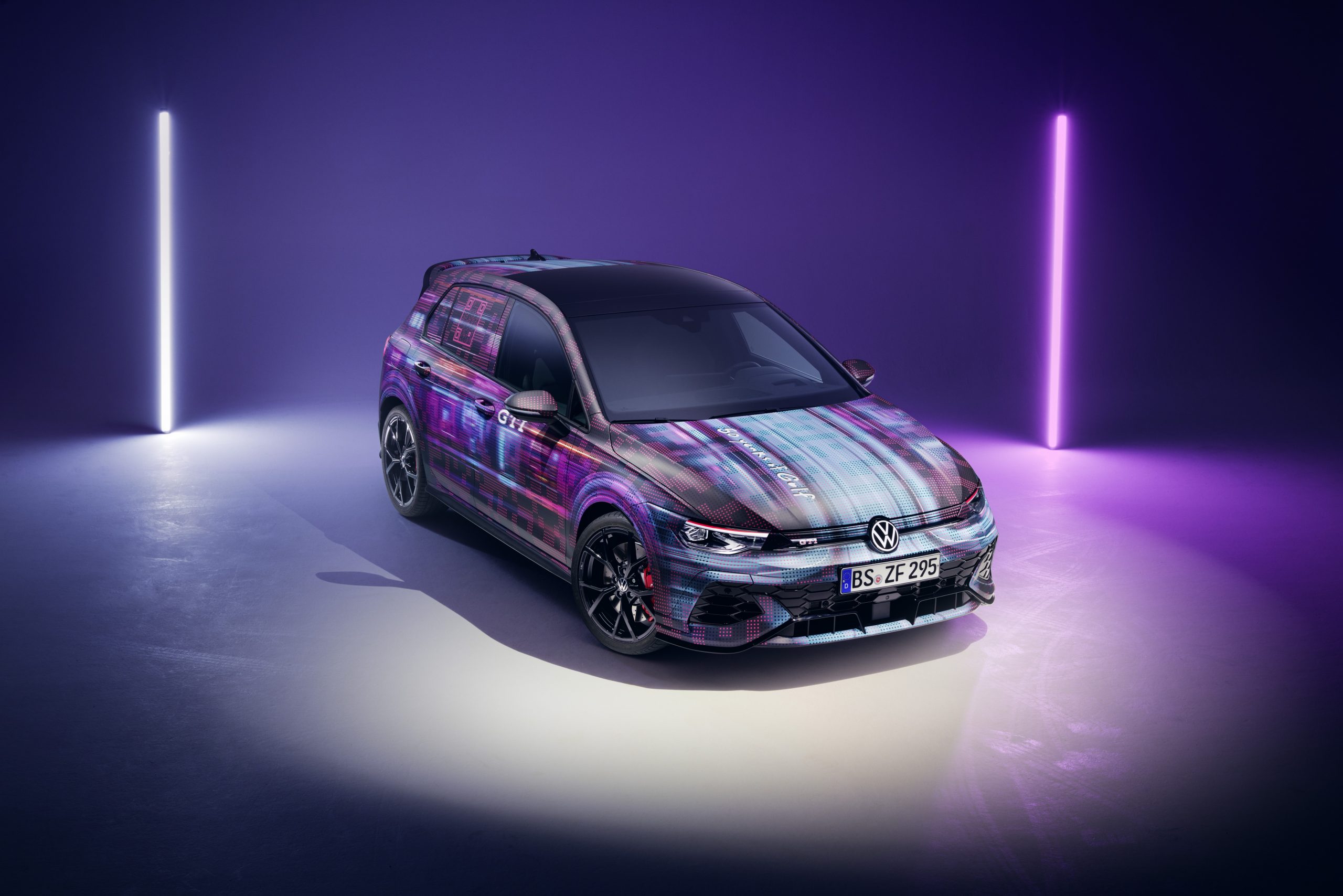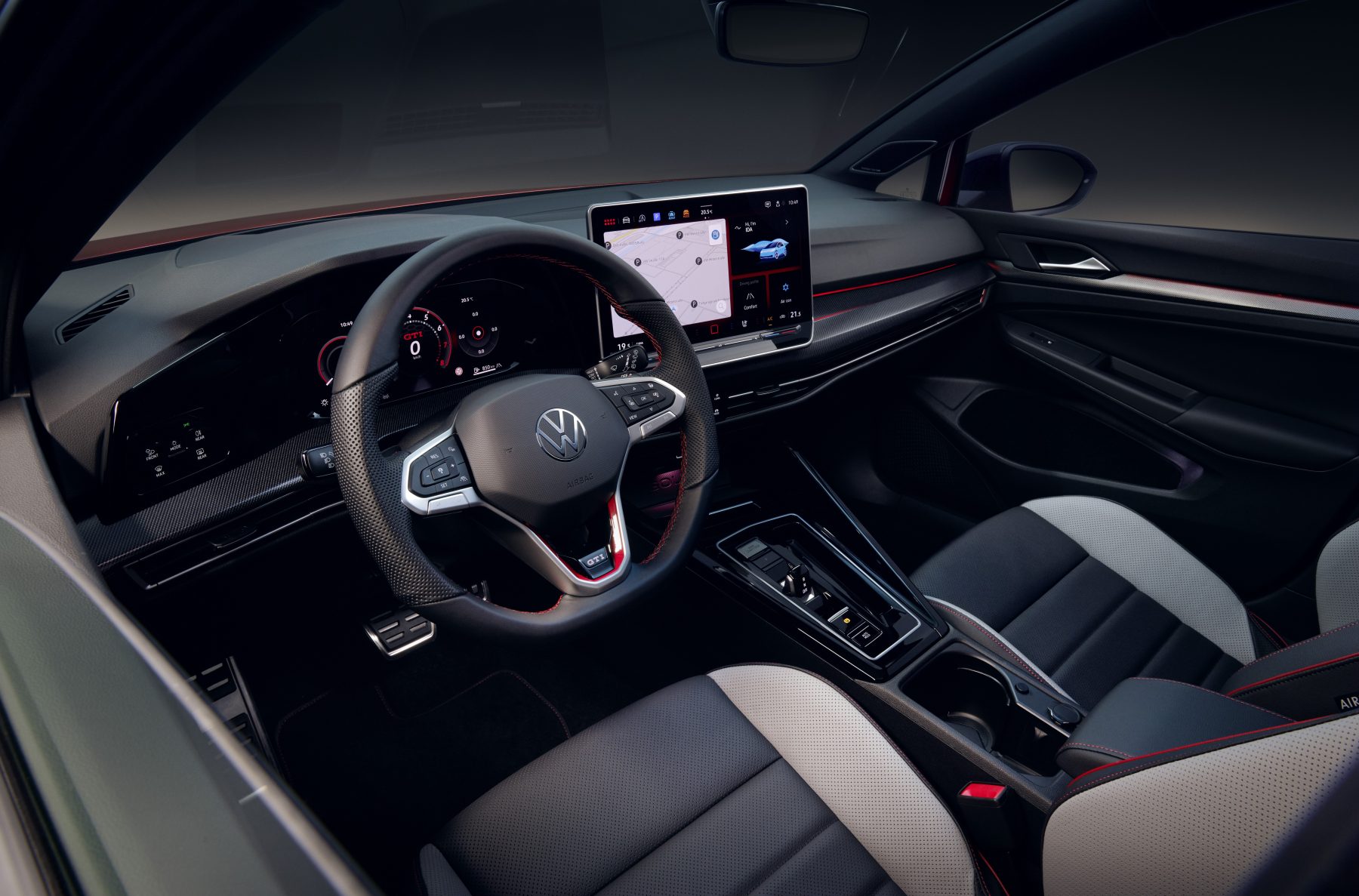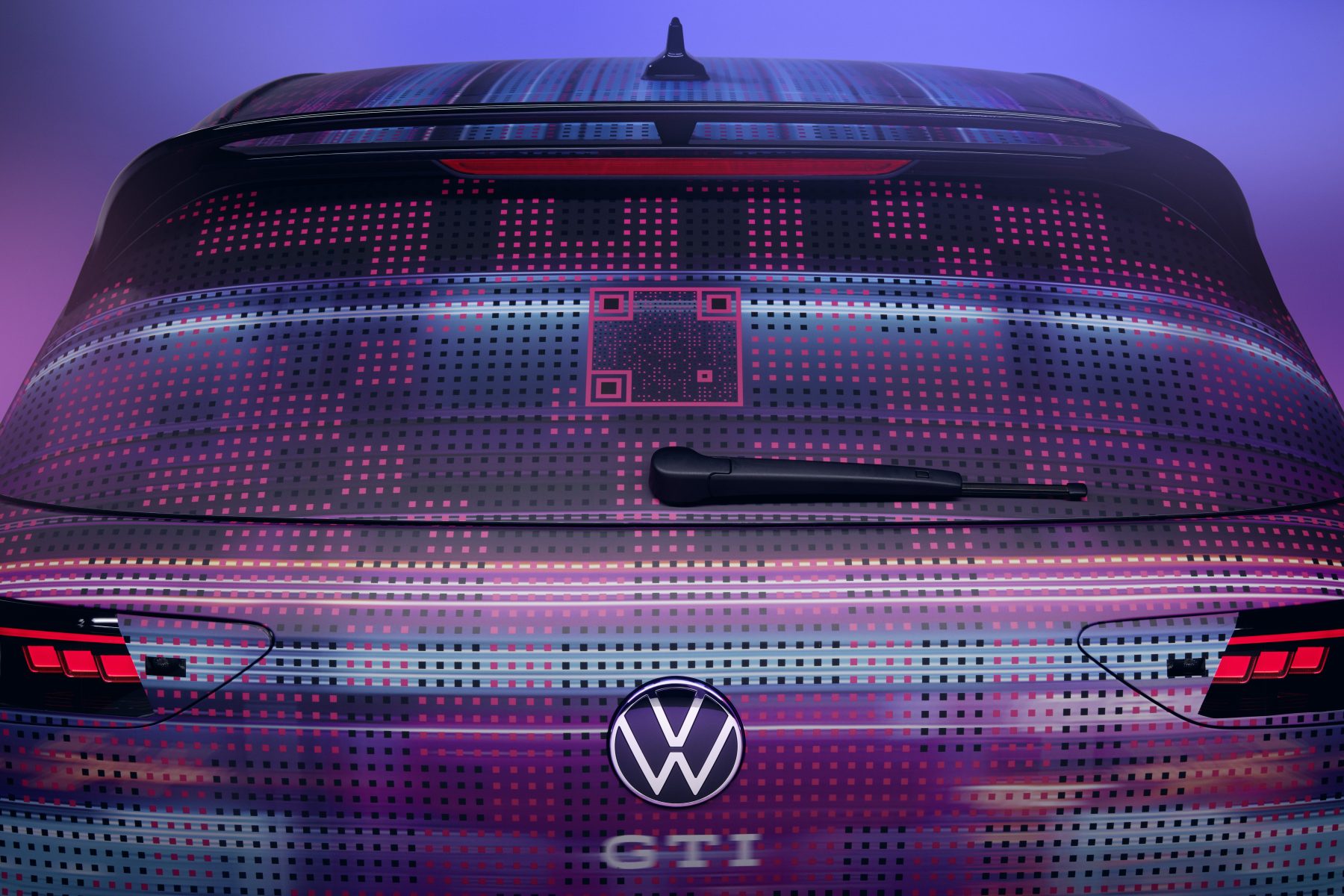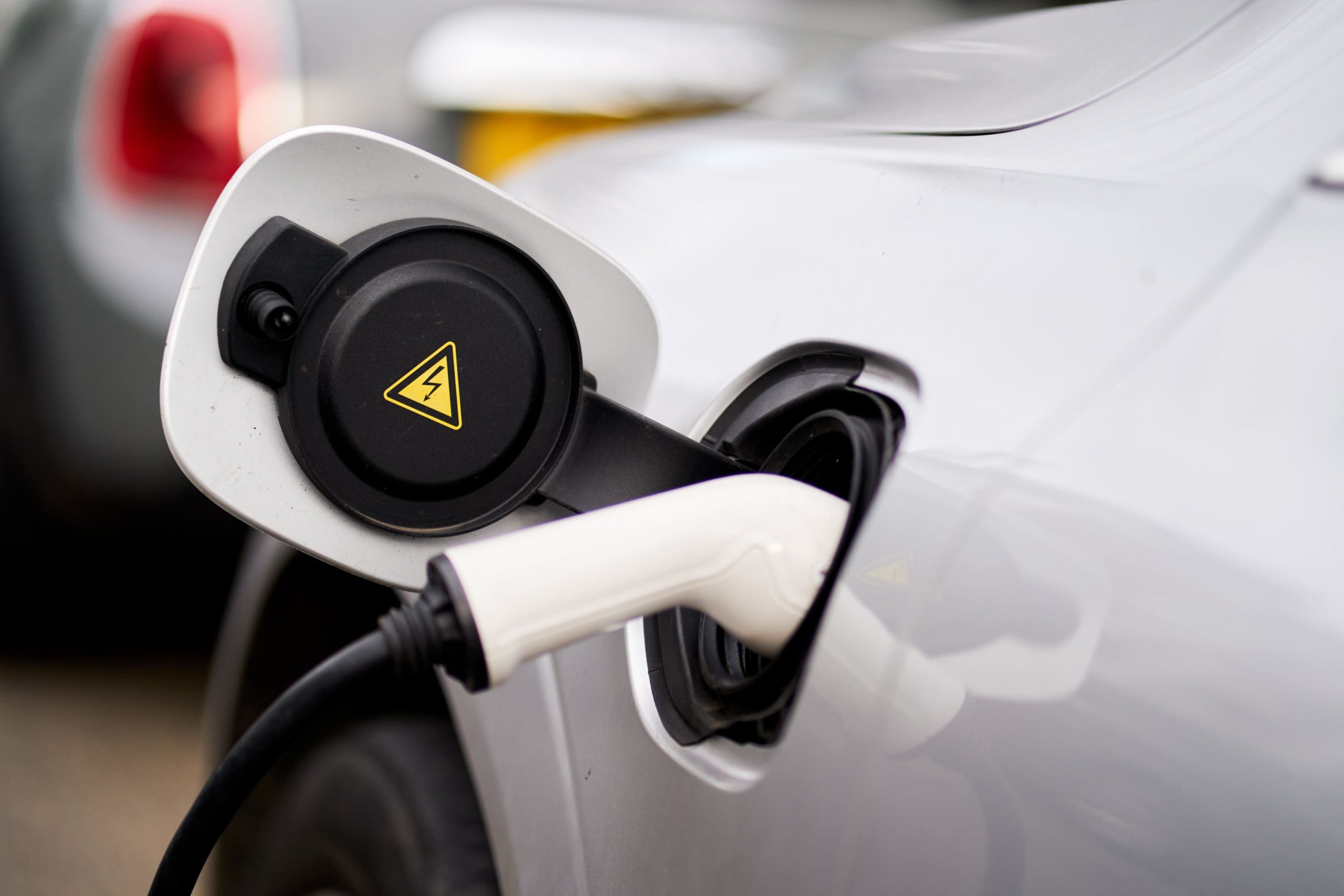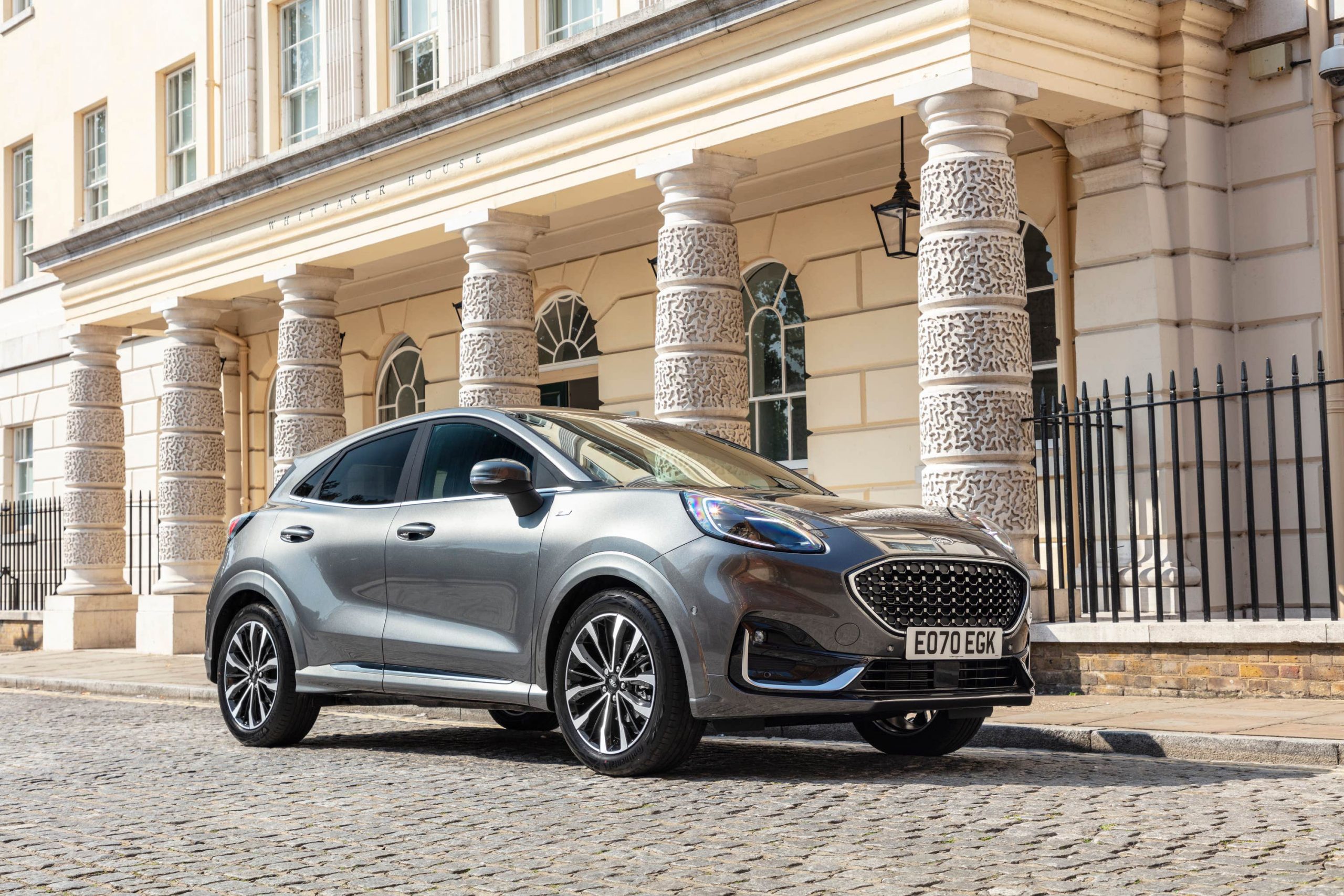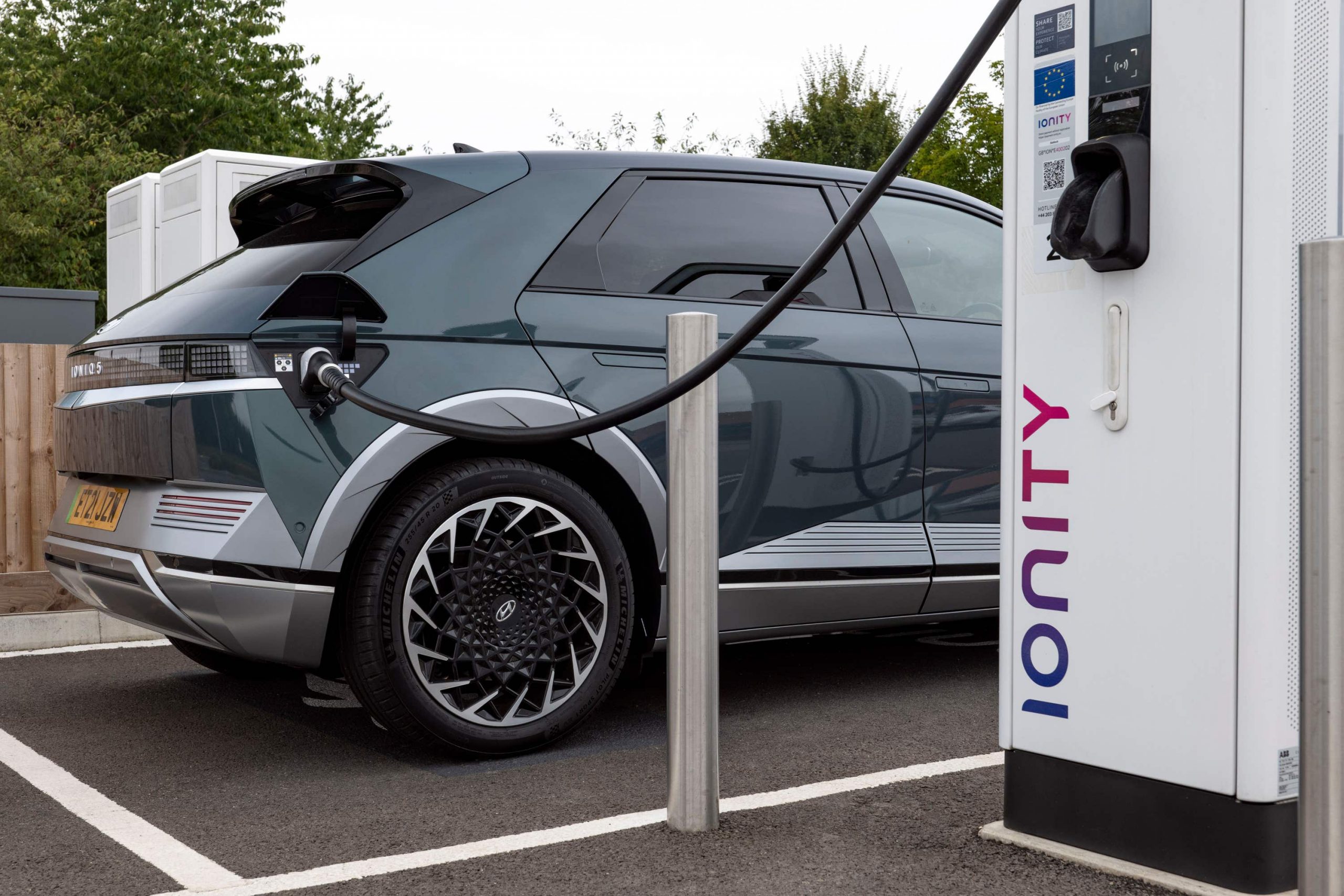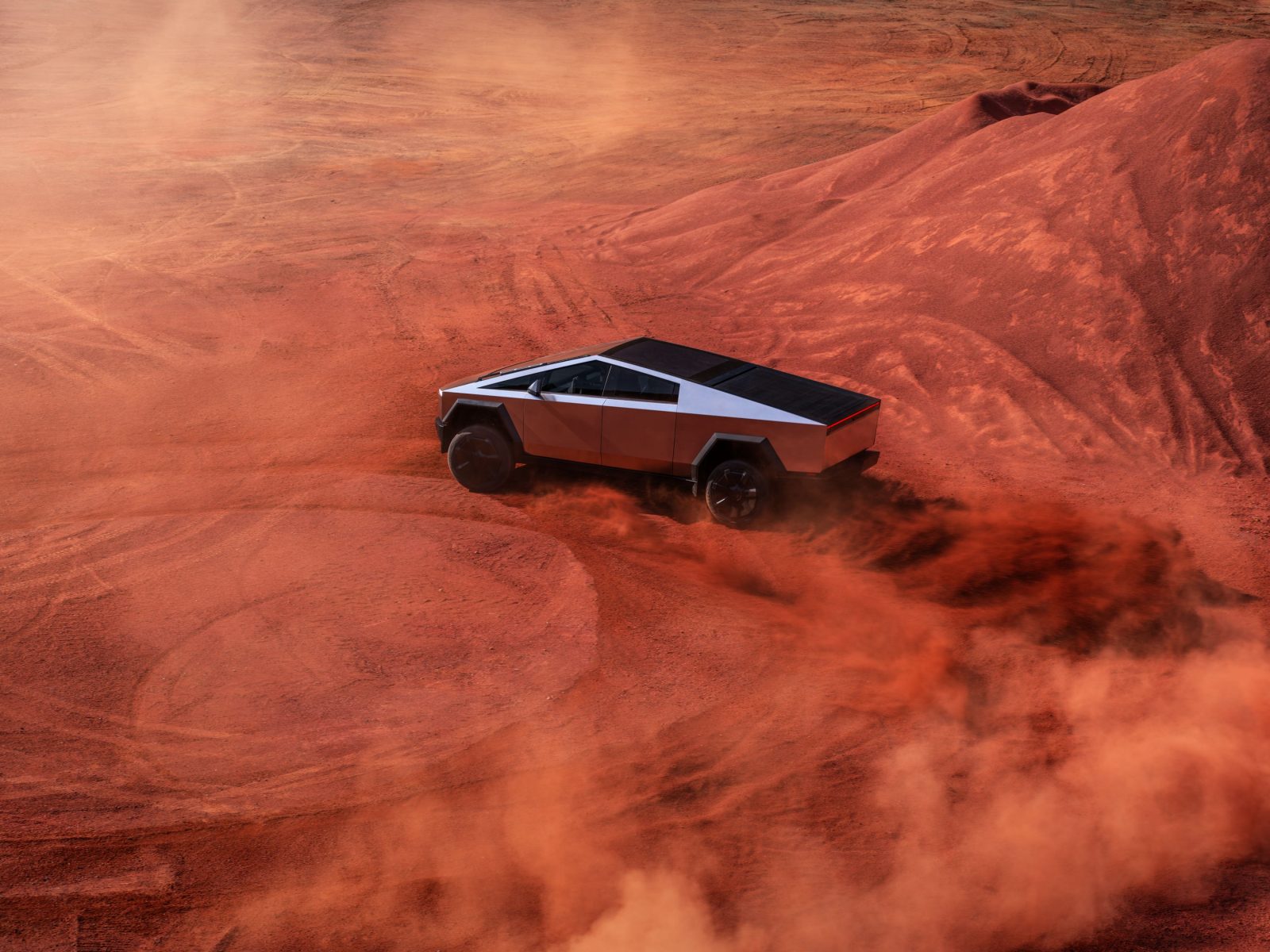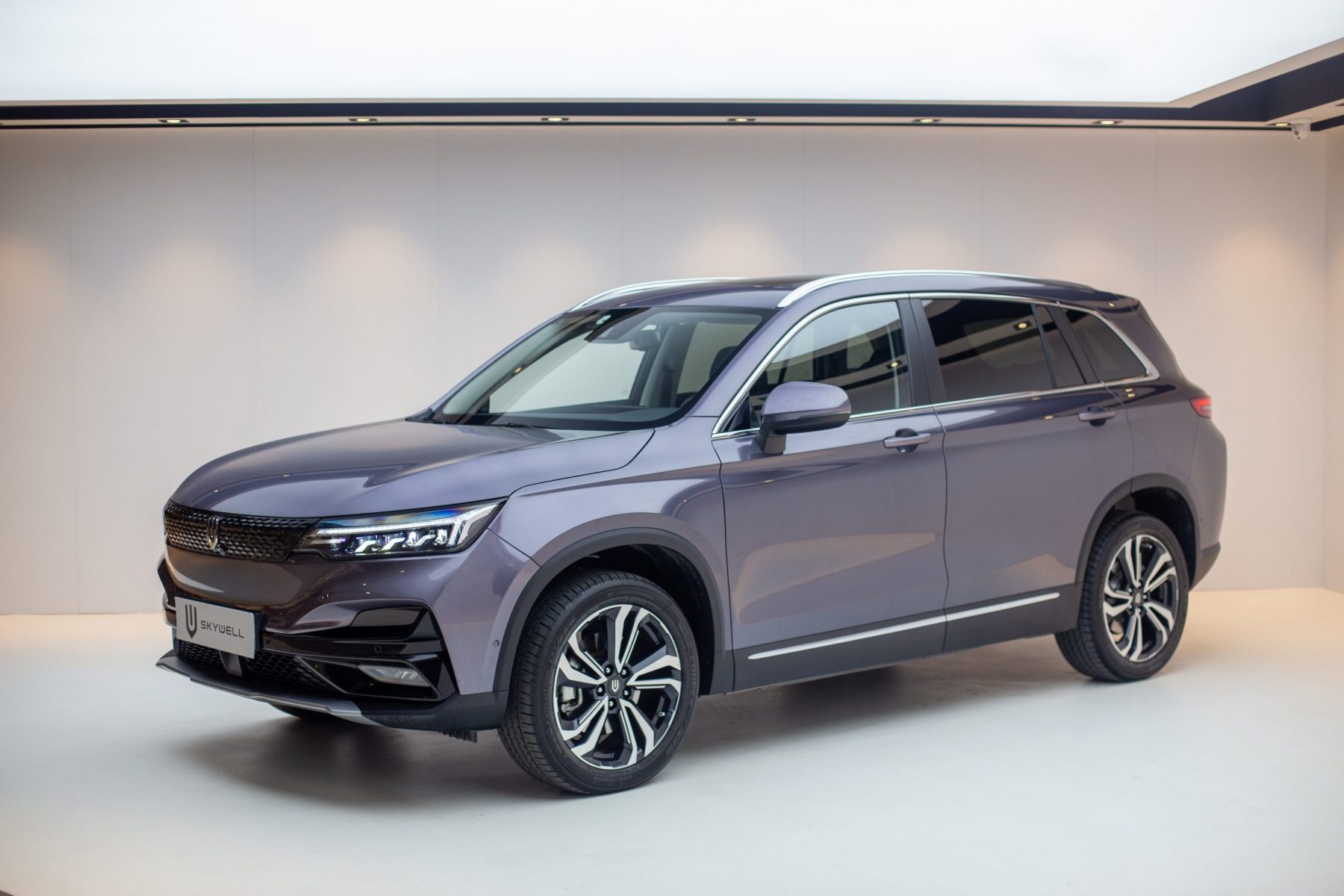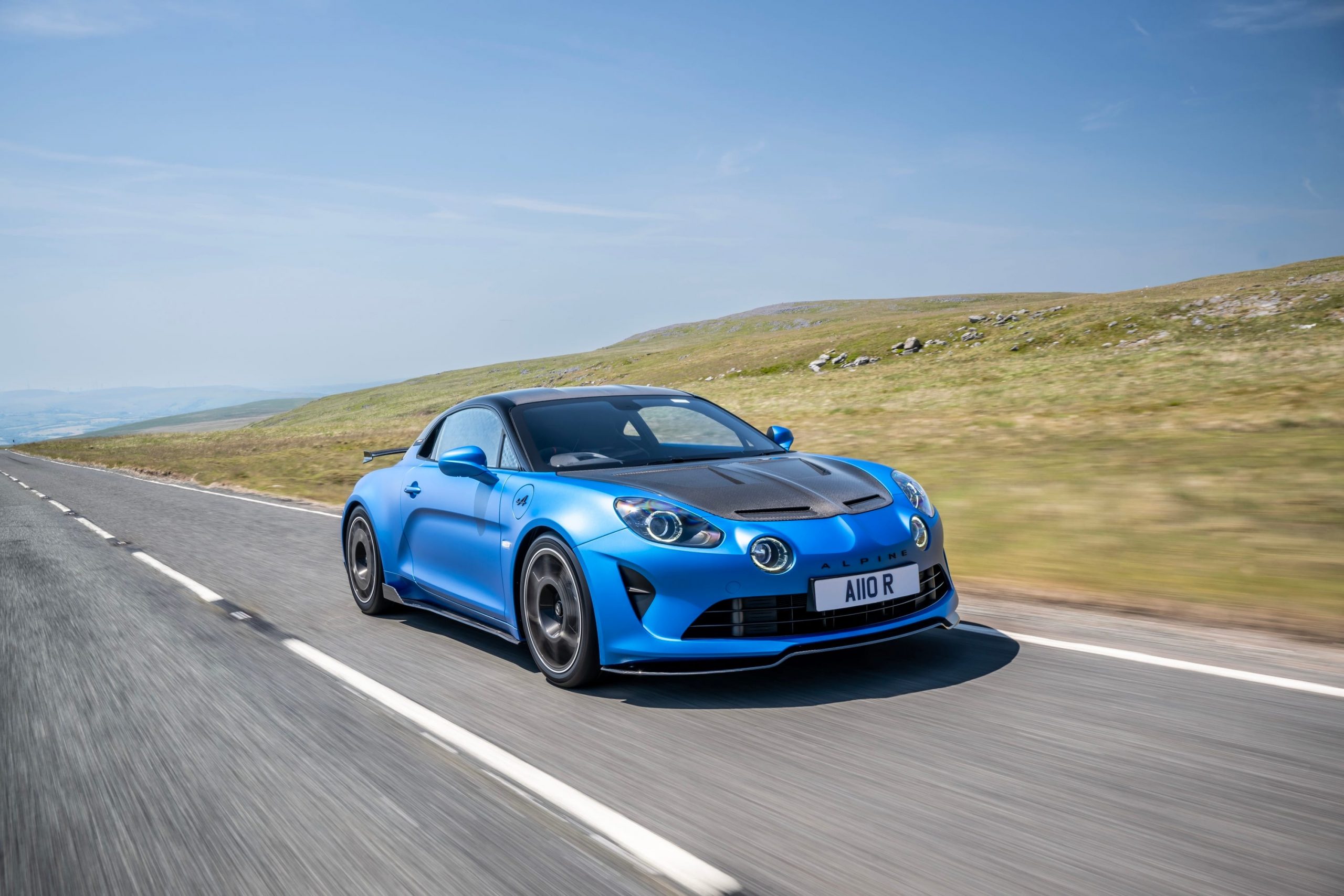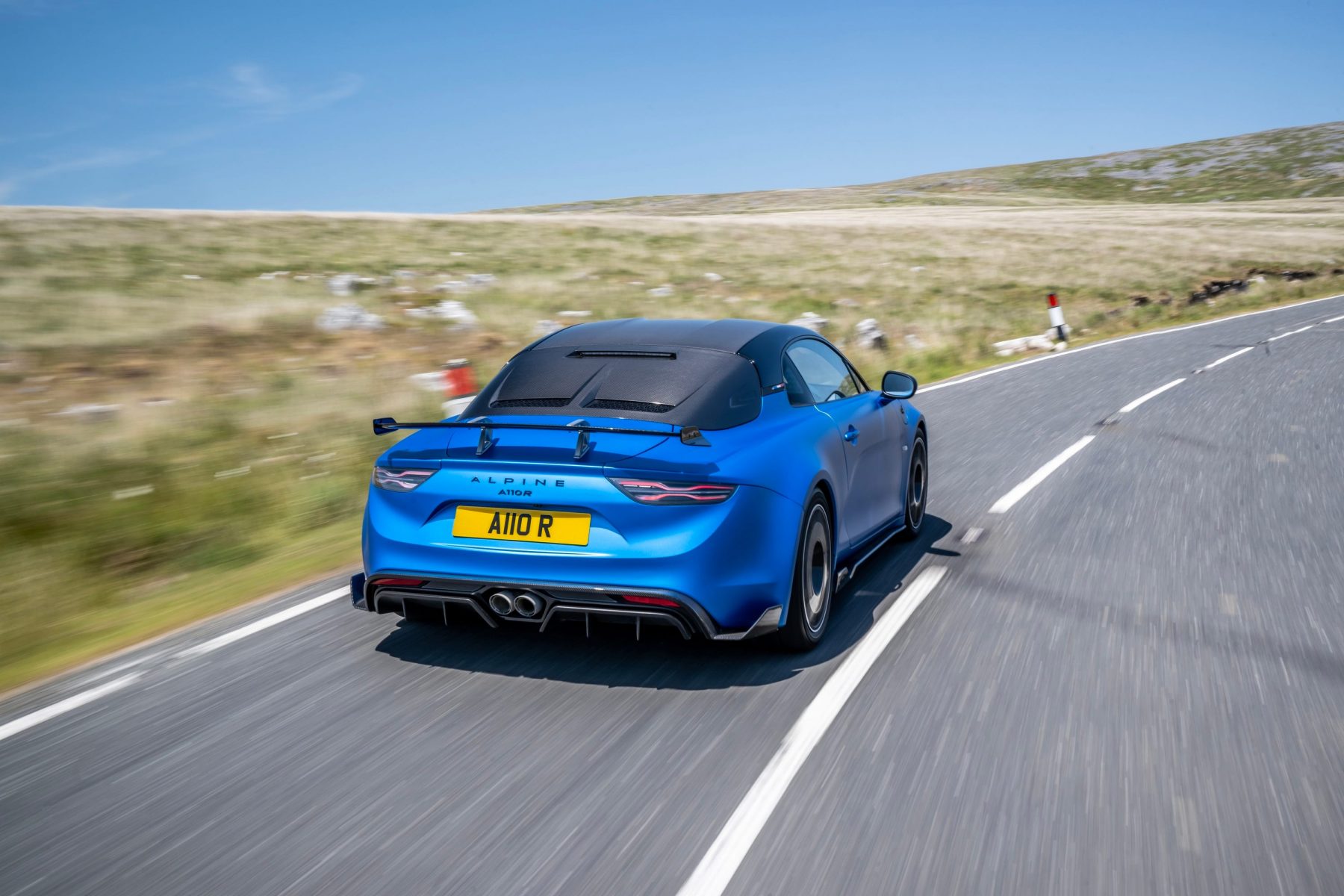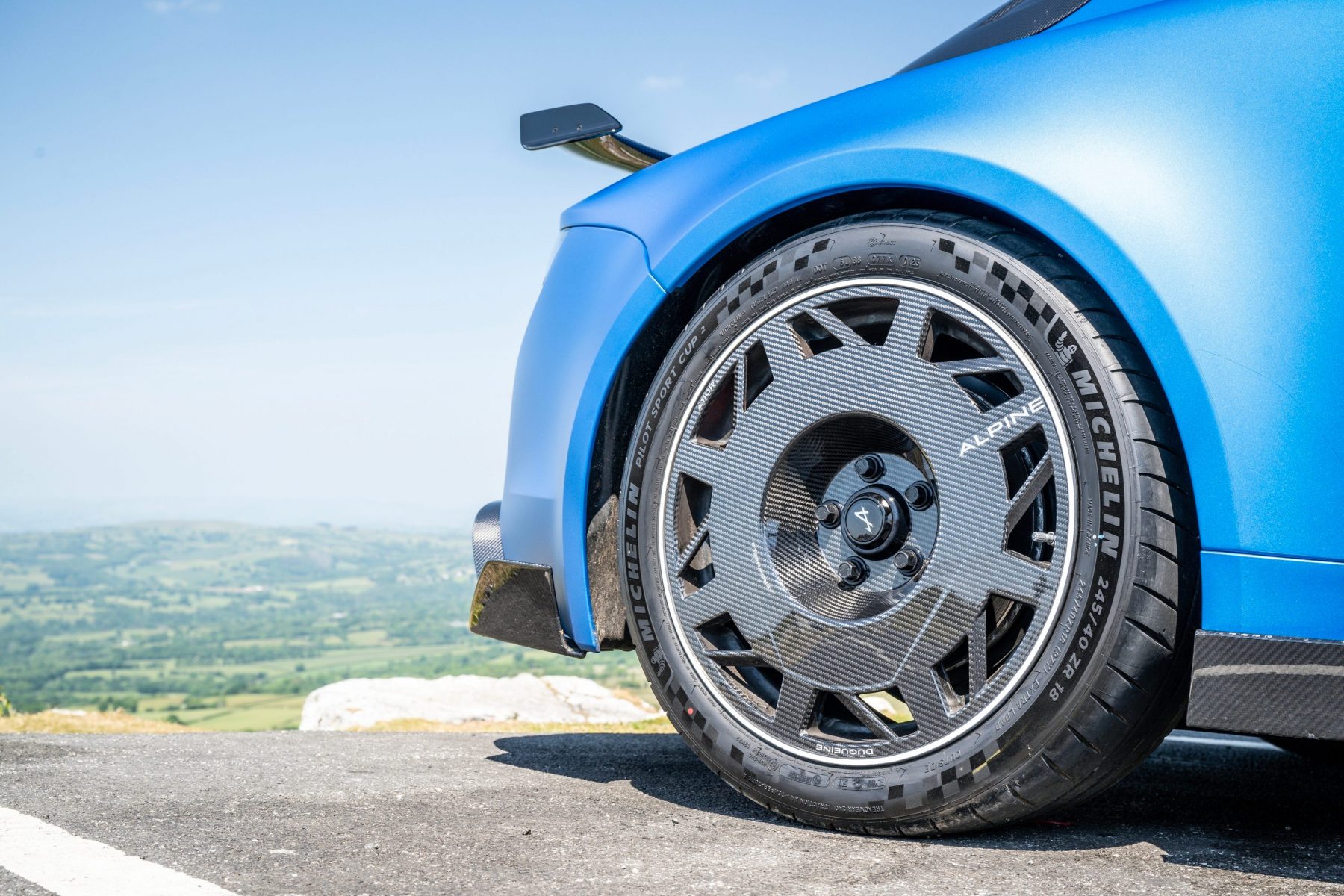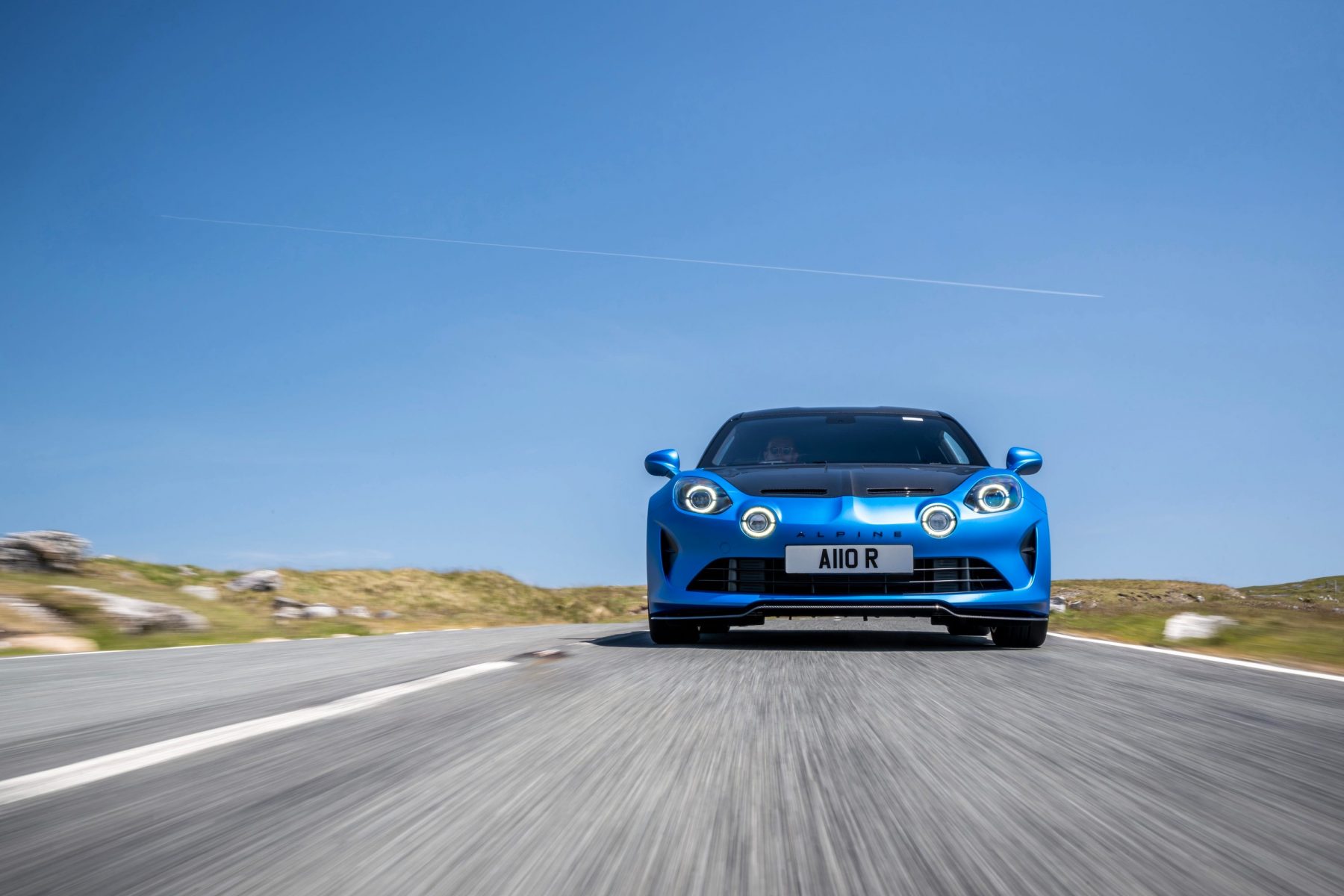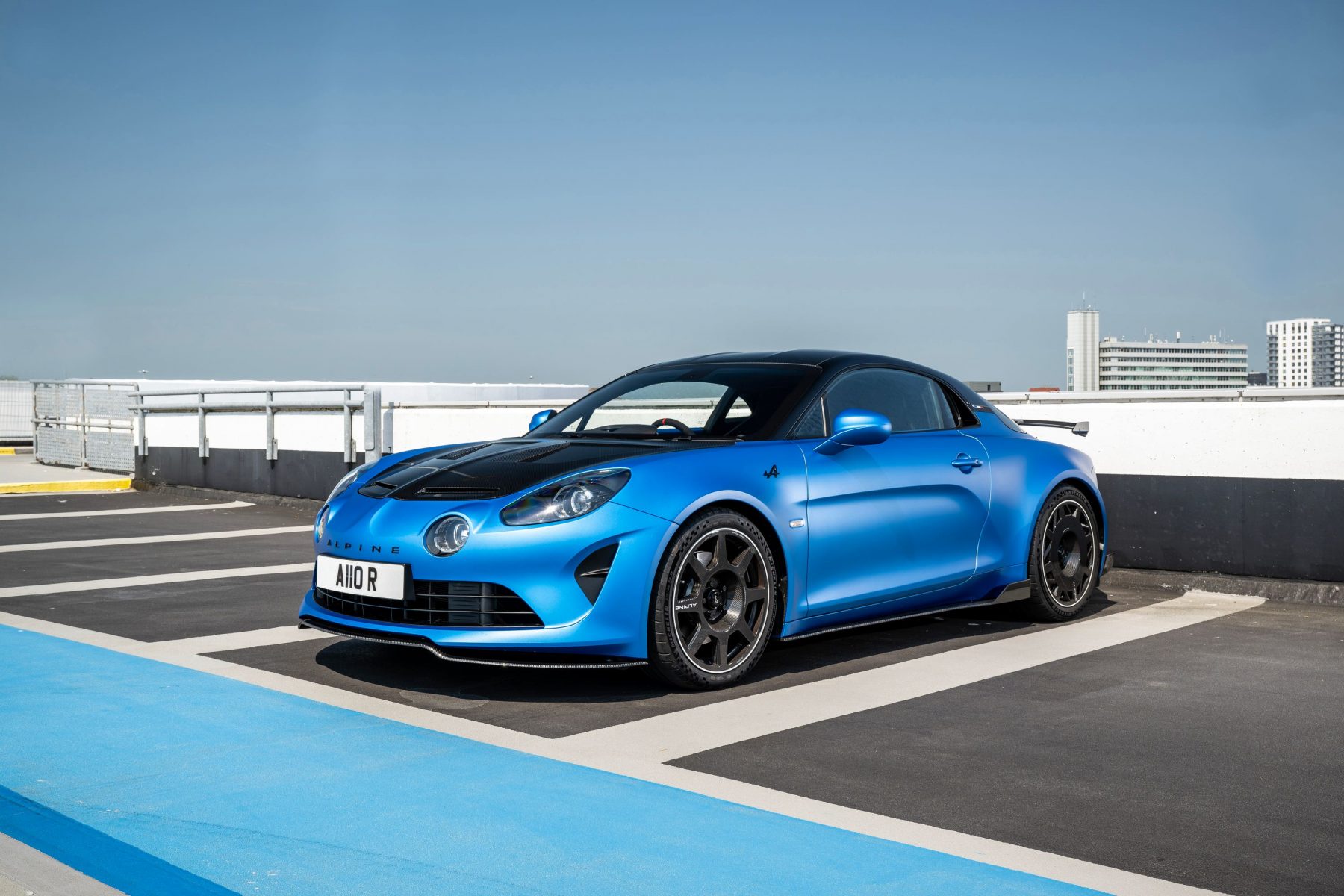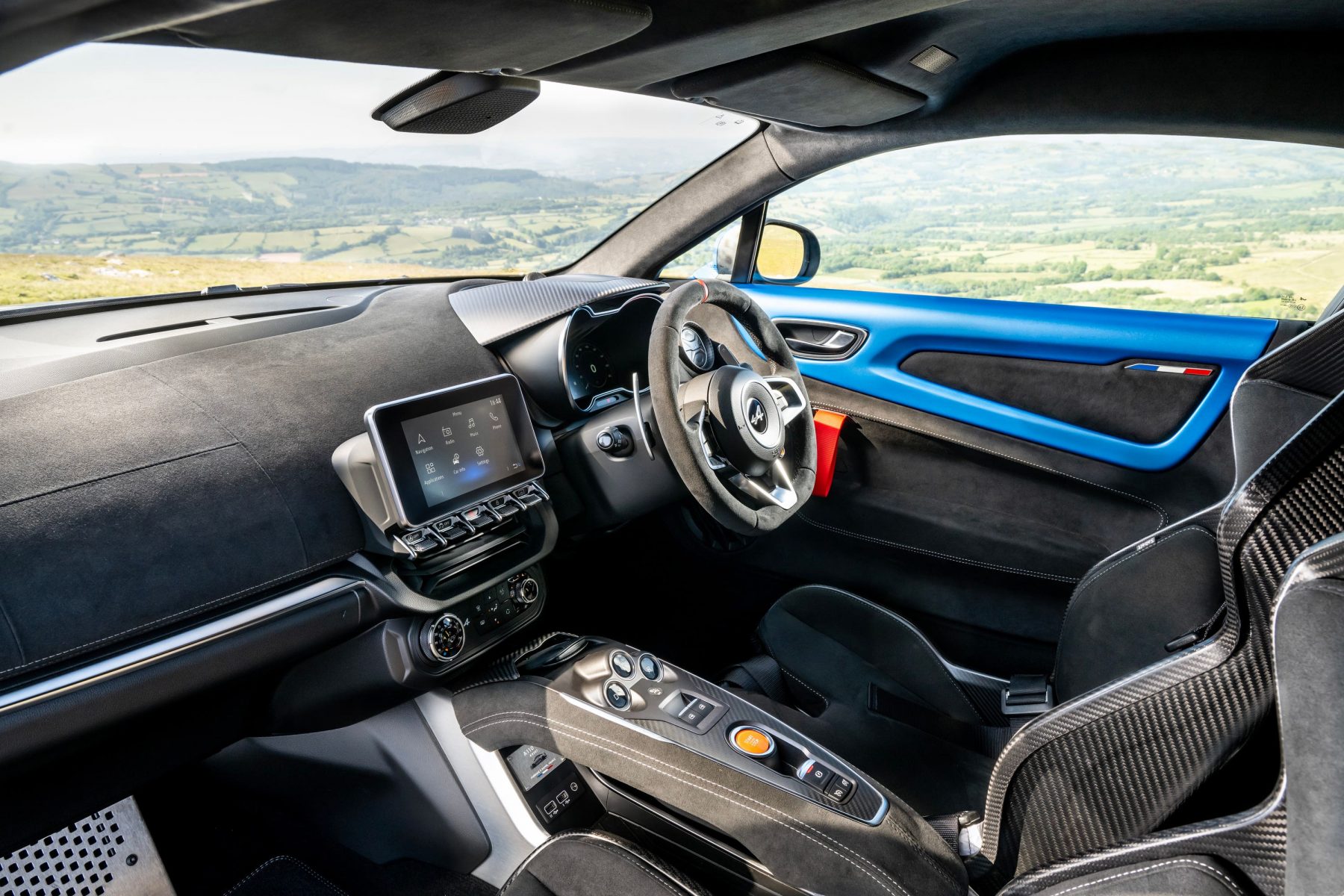It was a bumper year for new car sales in 2023, with new figures from the Society of Motor Manufacturers and Traders (SMMT) showing that registrations climbed by 17.9 per cent to more than 1.9 million.
While private and business registrations were both down, there was significant growth in large fleet registrations, with 54.7 per cent of new cars going to this section of the market – eight per cent higher than in 2022.
Several manufacturers had a particularly fruitful 2023
1. Ford Puma – 49,451 registrations

While Ford might have grabbed the headlines earlier this year for discontinuing its well-loved Fiesta, it’s clear it hasn’t affected the firm’s fortunes as Ford returns to the top of the best-sellers list with its Puma crossover.
Introduced in 2020, sales for the Puma have continued to grow and with just shy of 50,000 examples registered, accounts for around a third of Ford’s overall car registrations. With smart styling, a spacious interior and some great engines, there’s a lot to like about the Puma.
2. Nissan Qashqai – 43,321
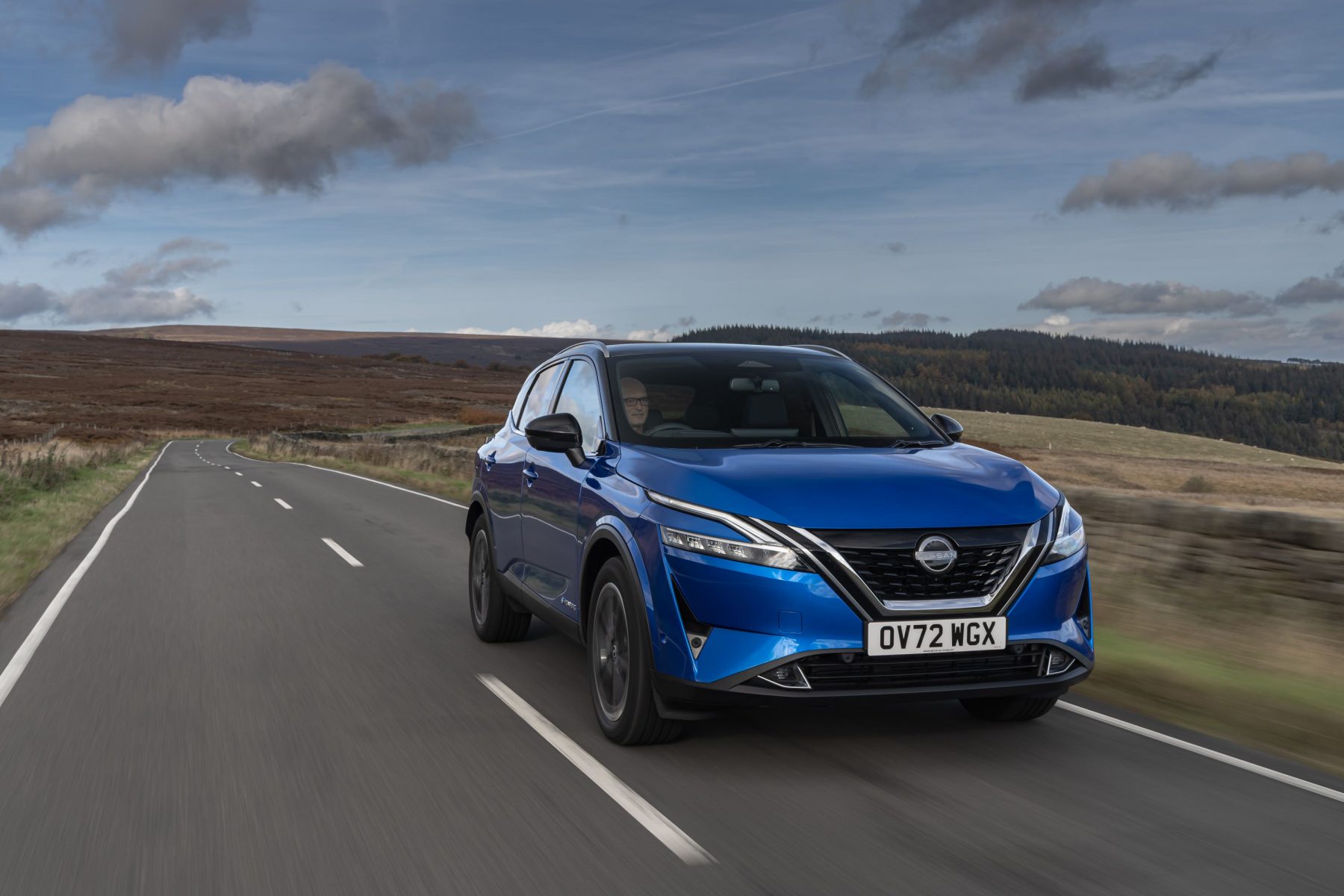
The Qashqai falls down a place compared to 2022, though is still quite an achievement for Nissan to have the second best-selling car in the UK with 43,321 examples of this crossover sold.
With all Qashqais being produced at Nissan’s factory in Sunderland, it continues to be a great British success story. With a practical interior, generous equipment levels and a range of hybrid engines, it remains a great choice for families.
3. Vauxhall Corsa – 40,816

While more buyers might be choosing crossovers these days, the continued success of the Vauxhall Corsa shows plenty still want smaller hatchbacks. While dropping a place compared to 2022, sales of the Corsa grew by around 5,000 units to 40,816 registrations.
Vauxhall has recently tweaked its Corsa too, giving it a sharper front-end design, more standard equipment and the option of a ‘Long Range’ electric model that can manage a claimed 246 miles between charges. Vauxhall said earlier in the year that it’s hoping to make the Corsa the best-selling car in 2024 as it sweeps up Fiesta owners and has the option of an EV.
4. Kia Sportage – 36,135

Kia had another great year in 2023, not least with its Sportage SUV that continues to grow in popularity – climbing two places, with 36,135 examples registered. It’s a perfect family car with its practical and well-built interior, while all versions get plenty of equipment.
A key part of the Sportage’s appeal is its wide choice of engines, with both hybrids and plug-in hybrids available. Kia’s seven-year warranty continues to be a big asset for private buyers as well.
5. Tesla Model Y – 35,899
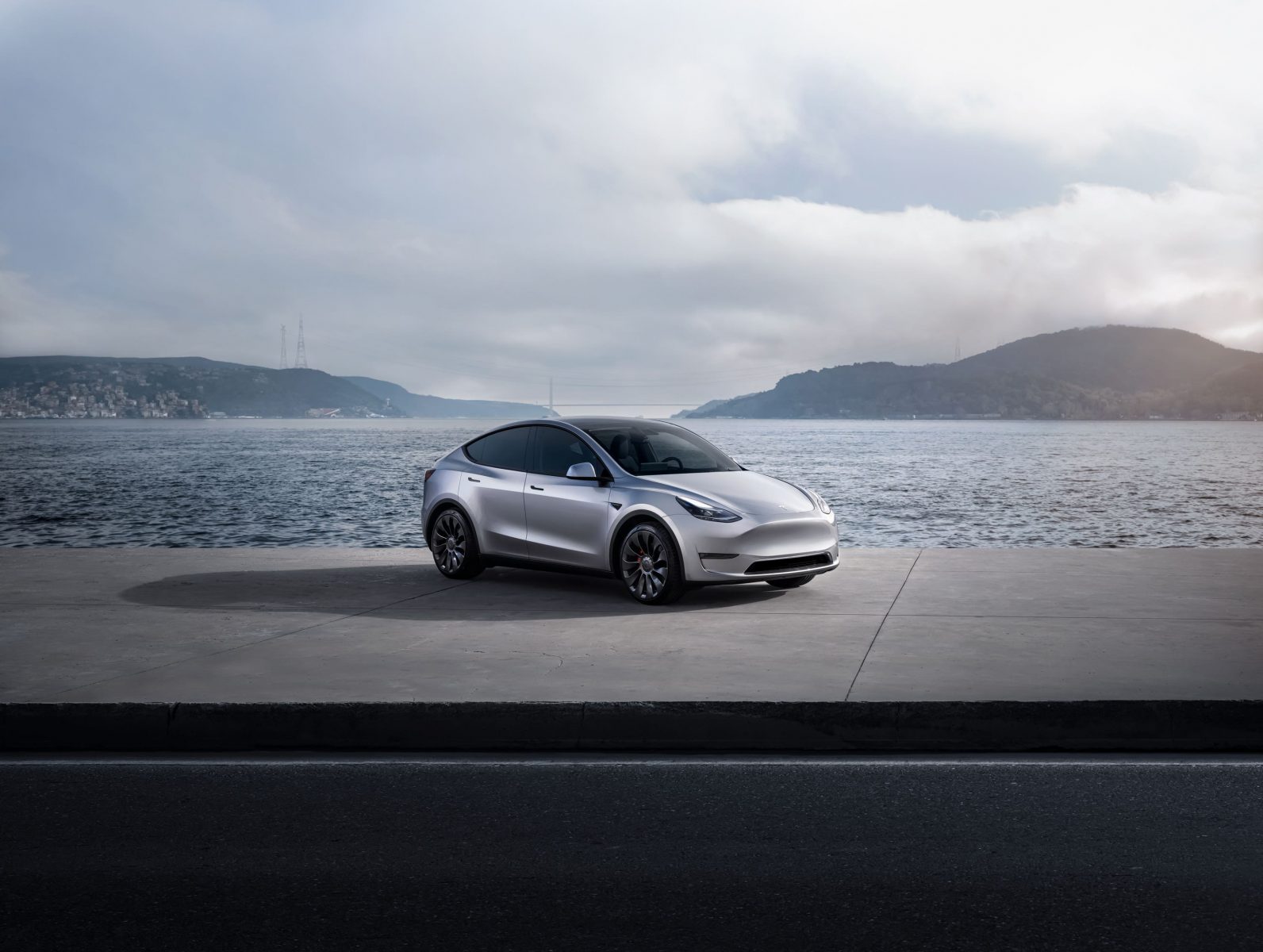
Quite surprisingly Tesla’s overall sales dipped in the UK, though registrations of its Model Y SUV remained consistent in 2023 with 35,899 examples registered, making it the only electric-only model to make the top 10.
It’s by far the best-selling EV, with buyers continuing to flock to the Model Y for its advanced technology and modern interior. Tesla’s seamless online sales process and excellent Supercharger network of rapid electric car chargers continue to be a big advantage.
6. Hyundai Tucson – 34,469
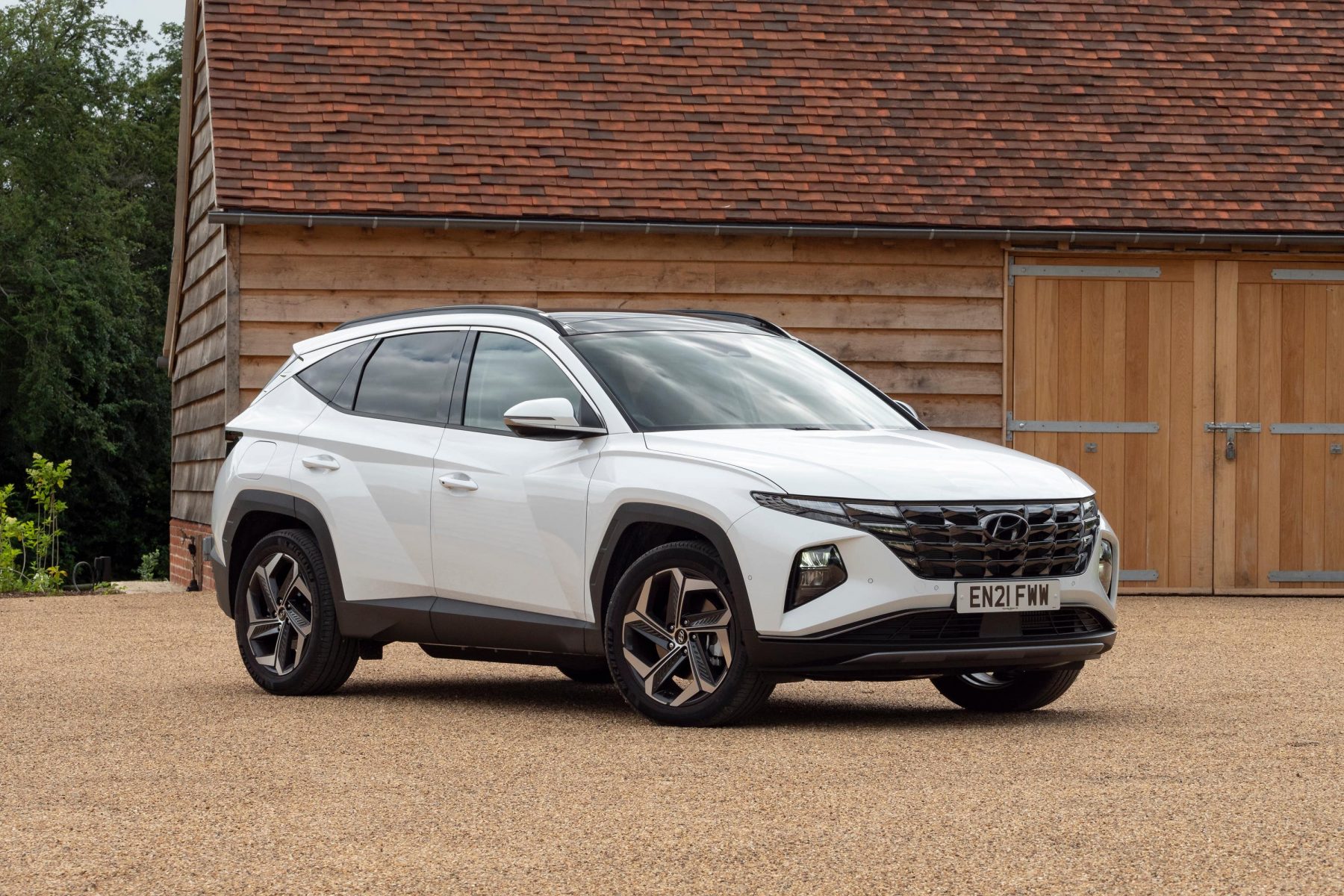
Hyundai’s Tucson has now established itself as a regular in the list of best-selling cars, and with 34,469 examples sold, it remains by far this South Korean firm’s most popular car – accounting for almost 40 per cent of Hyundai’s UK sales last year.
Its space-age styling sets it apart in the mid-size SUV class, while generous equipment levels and a spacious interior make it perfect for families. An updated version is due in 2024, which is set to only boost the Tucson’s appeal.
7. Mini – 33,485
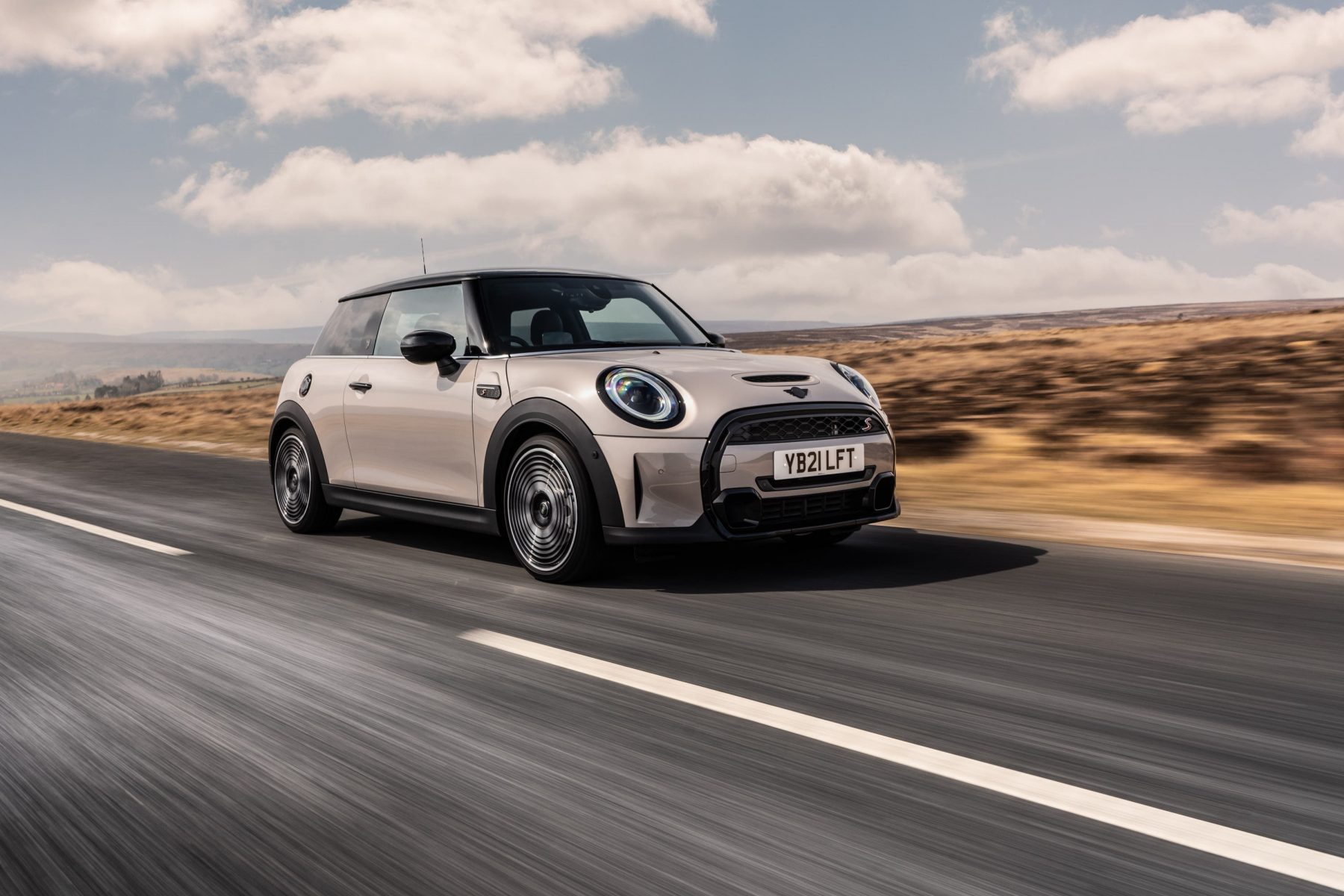
While a new generation of Mini’s Hatch might be arriving in 2024, plenty of buyers are still opting for the outgoing version, with 33,485 examples sold last year. Though falling two places, overall sales for this supermini grew, signalling just what a strong year it was for the UK’s car market.
The Mini’s charming looks and premium interior continue to set it apart from rivals, as does its sportier driving experience. The Electric version also continues to account for a big chunk of its sales.
8. Nissan Juke – 31,745

The Nissan Juke was a new entry to the top 10 in 2023, and with 31,475 examples of this Sunderland-built crossover sold, it remains a strong seller behind the Qashqai.
The Juke is a smaller crossover that is renowned for its bold styling and personalisation options. The addition of a hybrid model in the last few years also continues to keep this Nissan relevant next to its rivals.
9. Audi A3 – 30,159
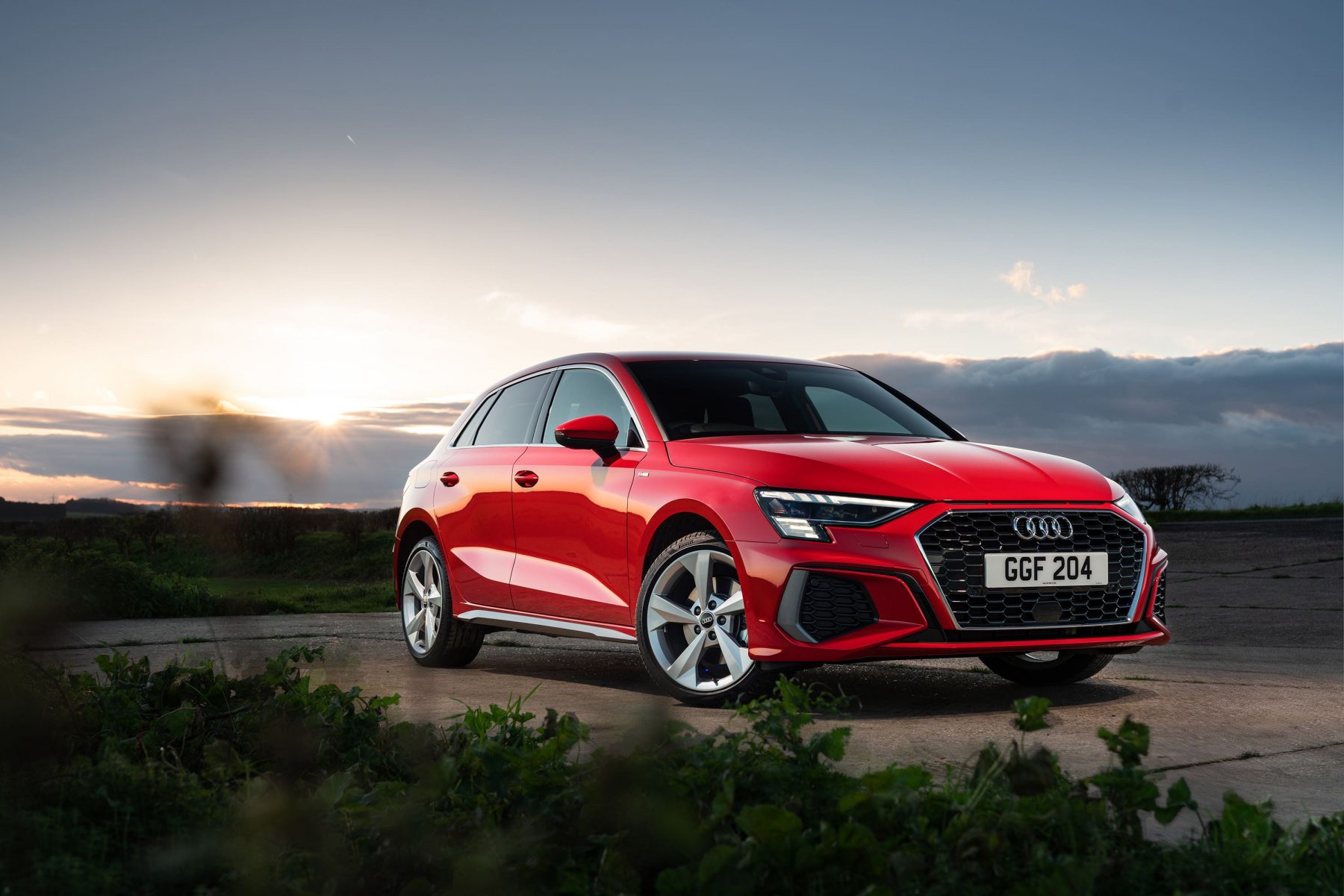
The family hatchback class has declined significantly in recent years, with once best-selling vehicles like the Ford Focus, Vauxhall Astra and VW Golf all absent from this year’s top 10. The only car in this segment to make the top 10 was the Audi A3, a new entrant for 2023.
Though due to be updated in 2024, the Audi A3’s high-end interior and upmarket image continue to be key draws for buyers. The choice of several plug-in hybrid versions also makes it a big seller in the fleet market.
10. Vauxhall Mokka – 29,984
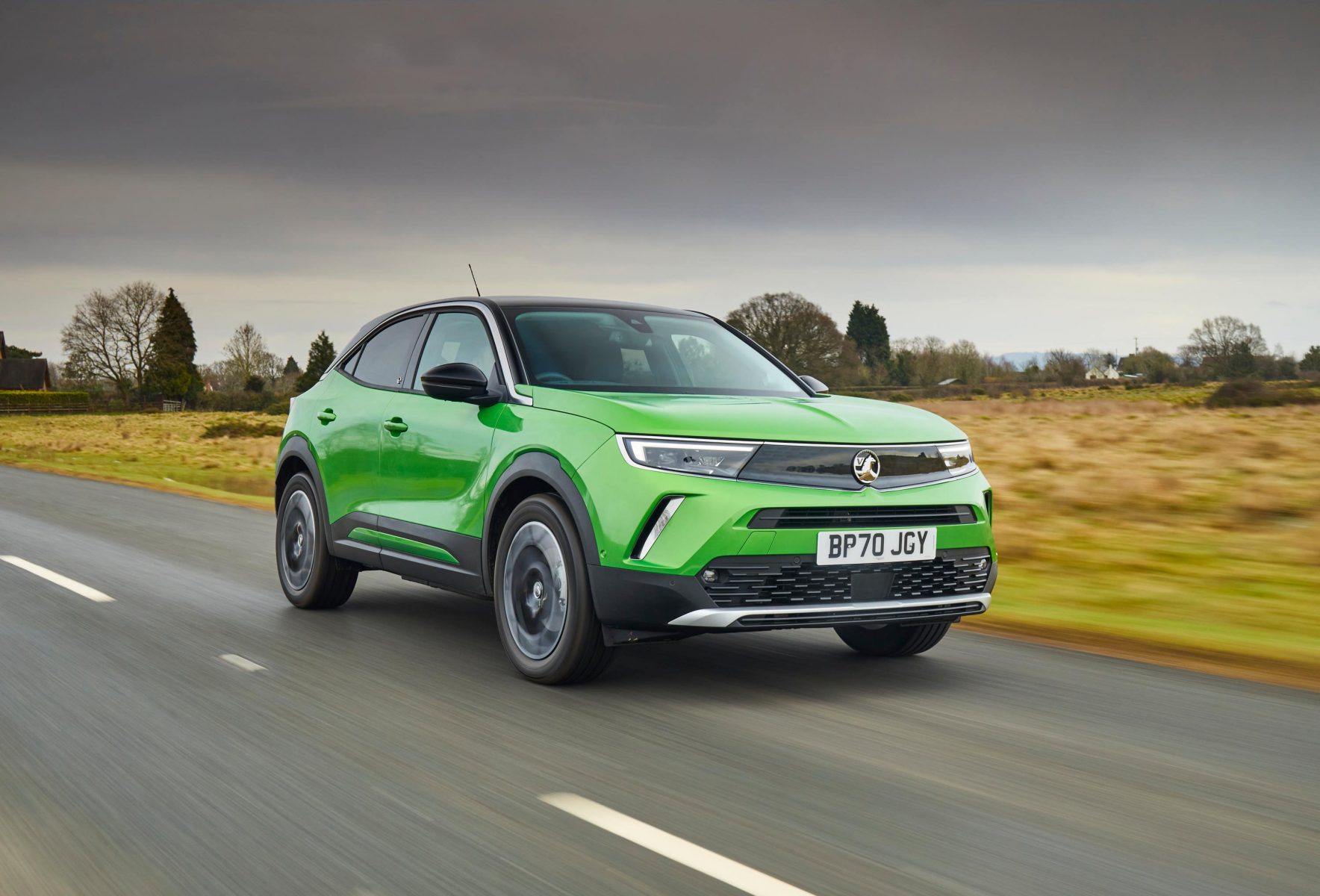
If you want something a bit larger than a Corsa, the Mokka crossover could be an ideal option, and with just short of 30,000 examples sold in 2023, it helps to round off the top 10 list.
The Mokka helped to introduce a striking new design language for Vauxhall, both inside and out, that has since been rolled out across its entire line-up. The option of petrol and electric models means there’s something to suit a wide choice of buyers.


